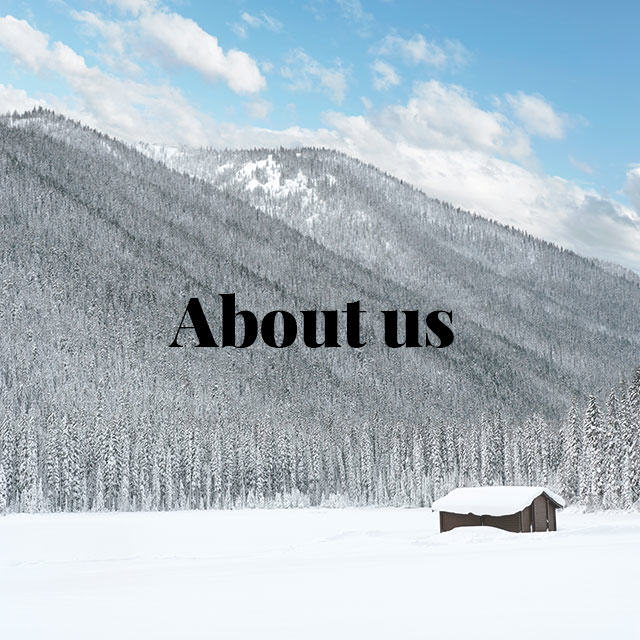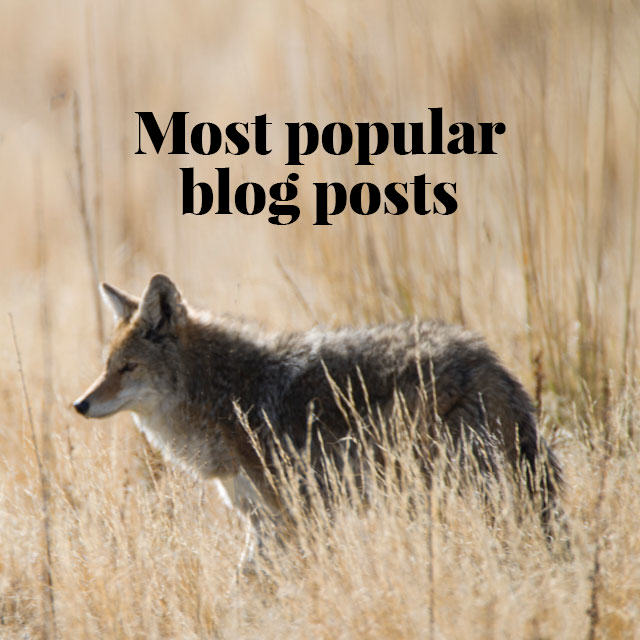
Trapping would be important even if no one wanted fur; regulated trapping is now an essential element of responsible wildlife management in the USA.
Many people don’t know that modern traps are used to capture animals, unharmed, to apply radio collars for research, or to reintroduce species (wolves and river otters) into regions where they were previously eradicated.
Trapping is also essential to protect some thirty endangered species of plants and animals.
Whooping cranes, for example, would almost certainly be extinct in the USA within two years if we didn’t aggressively trap predators like coyotes and foxes in their nesting areas.
Endangered sea turtles are also protected by trapping raccoons and foxes that seek to dig up their eggs.
Wolves must be managed to protect livestock, while beavers can cause millions of dollars of damage to forest habitat, water supplies, agricultural land, roads and other property by flooding.
Skunks and raccoons in cities carry lethal diseases (rabies) and dangerous parasites, such as intestinal roundworms.
Answer by :
Further information










